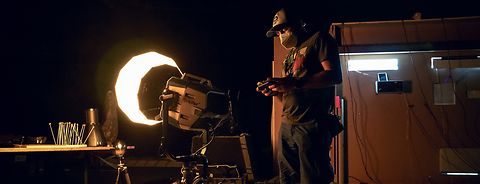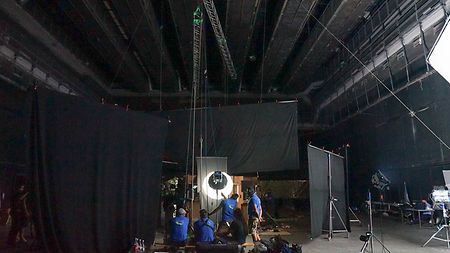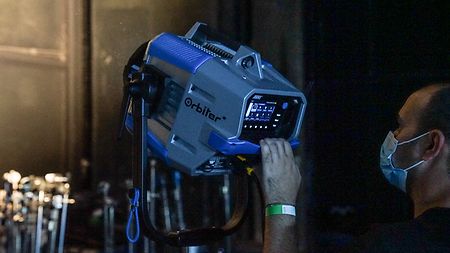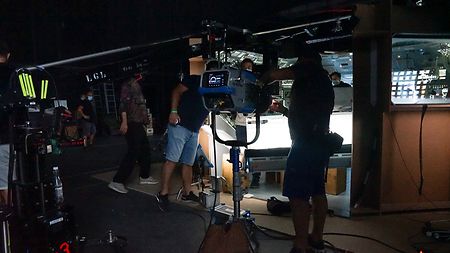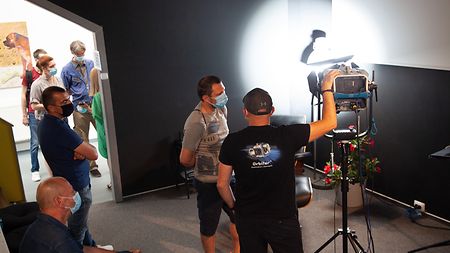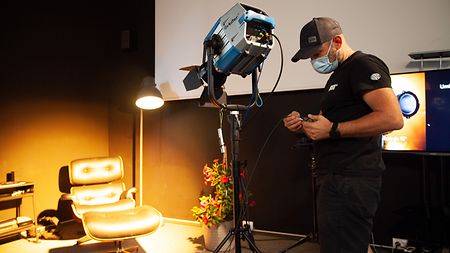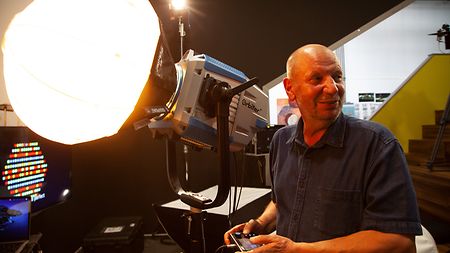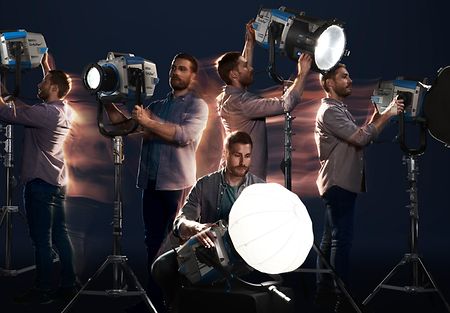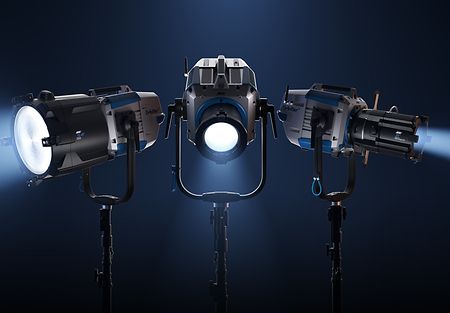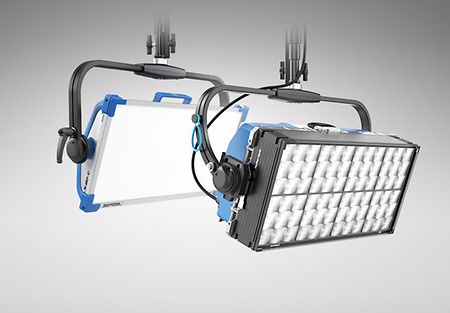One of the initial jobs ARRI’s new versatile and directional LED fixture Orbiter took up was for the feature film “Wandering in Time” on the very first professional, virtual set in Romania. Simultaneously, Orbiter also played a leading role in an ARRI Lighting workshop that partially took place during the studio filming. This unique workshop, organized by ARRI’s local dealer in Romania, Lights Up, and film production company, Safe Frame, brought together representatives from the Romanian broadcast and film production industry to experience Orbiter and all its features live in action. During the workshop, ARRI was able to sit down with the talent behind the scenes of the film, including cinematographer Andrei Baltaretu, gaffer Florin Mihalache, and producers Sebastian Cosor and Vlad Lorga, to learn even more about how the Orbiter impacted their work on this feature film.
There’s such a wide array of possibilities on set simply by having two Orbiters available. So many things are now easier and quicker. I felt it especially when changing scenes; it was clearly faster with Orbiter -- Vlad Lorga, producer.
